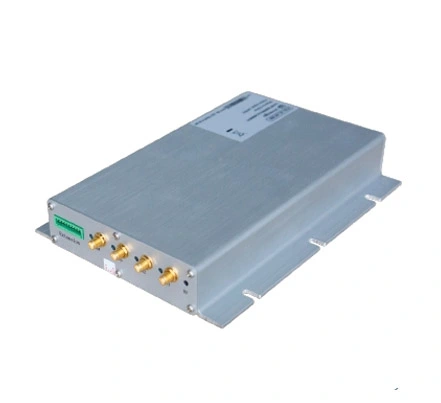
-
Invengo RFID
- Invengo xWing™
- Invengo Lombard - 翻译中...
- Invengo 만리 장성™
- Invengo 총알
- Invengo 나비™
- Invengo 진
- Invengo 보석
- Invengo 버튼
- Invengo 전갈
- Invengo 토끼풀
- Invengo 메
- Invengo NTouch HF 인레이 및 NFC 인레이
- Invengo NLoop HF 태그 & NFC 태그
- Invengo 책갈피-HF & NFC 인레이 & 태그-NXP
- 산업
- 지원
- 약 Invengo
- 문의
 EN
EN
 ja
ja  ko
ko  fr
fr  de
de  es
es  it
it  ru
ru  pt
pt  ar
ar 








